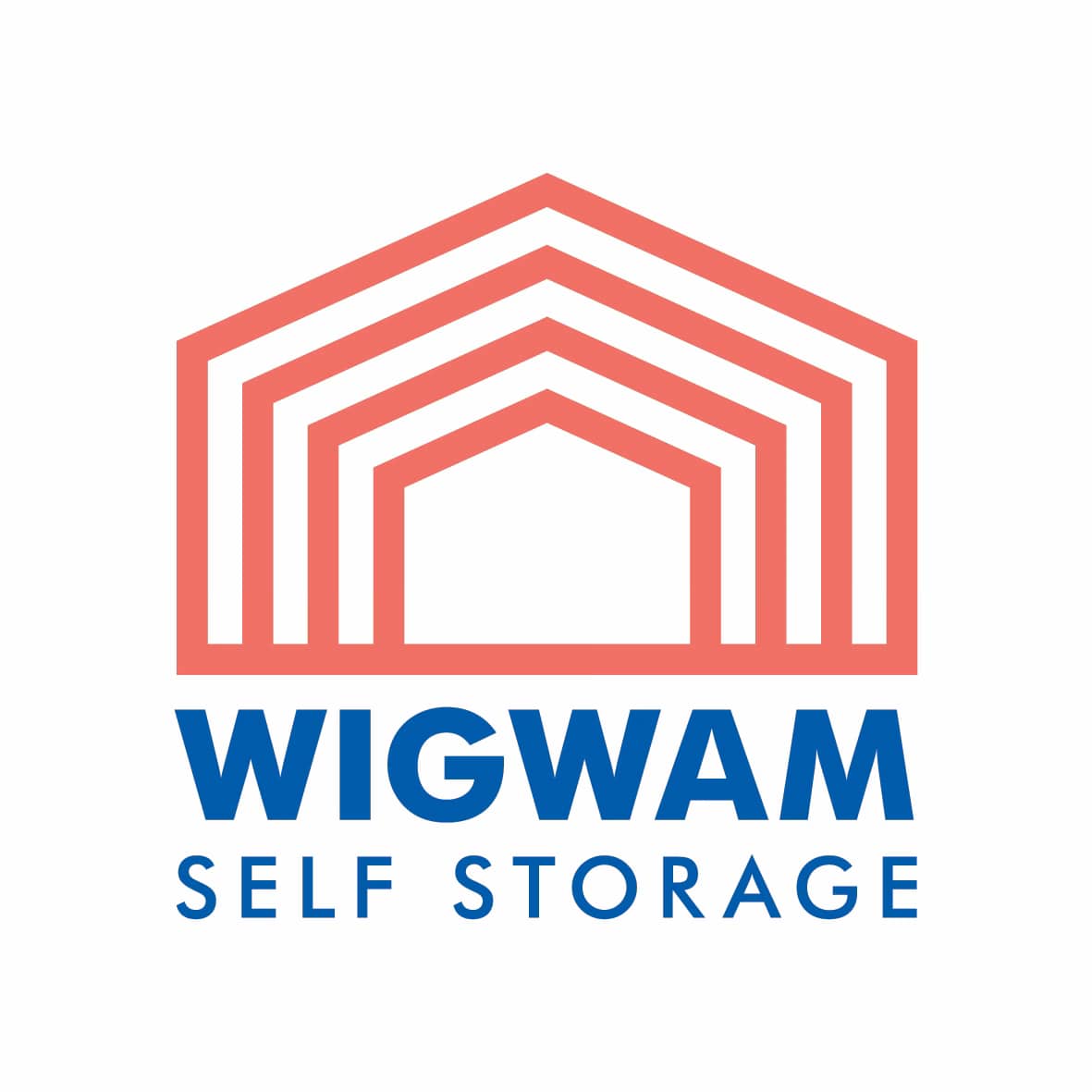Turning Low-Yield Land into Long-Term Income
Across the UK, institutional landowners are sitting on vast portfolios of underutilised or low-yield property. These sites — often dismissed as awkward, transitional, or not worth the hassle — represent one of the greatest untapped income opportunities in 2025. In an era where every basis point matters, the ability to turn dormant land into dependable income is not just desirable, it is strategically essential.
This article explores why traditional holding strategies are no longer sufficient, what options are available to unlock site value, and why modular self-storage is fast becoming the preferred route to long-term, low-friction income — especially for institutions, pension funds, and asset managers.
Why Traditional Land Holding Strategies Are Under Pressure
For decades, many institutional landowners have relied on appreciation and long-term land banking to deliver returns. While this worked in periods of high growth and lenient planning, today’s environment is more complex. Holding costs are rising. Pressure from ESG regulations and active fund management strategies is increasing. Shareholders and stakeholders demand more than future value, they want yield, resilience, and demonstrable return on capital.
This leaves landowners with a strategic question: how can we better use what we already own to produce reliable income, while maintaining long-term optionality?
What Makes Land Low-Yield — And Why It’s Not Always a Problem
Not all land is created equal, and not all of it is immediately productive. Common characteristics of low-yield institutional land include:
- Sites awaiting planning or rezoning
• Plots that are irregularly shaped or have poor access
• Contaminated brownfield land
• Parcels adjacent to operational assets but not fully integrated
• Land held for future development partnerships
These are not inherently bad assets, in fact, they can be strategically valuable. The key is unlocking short- to medium-term income potential while retaining long-term flexibility. That is where modular, relocatable asset strategies become powerful.
The Case for Self-Storage as a Strategic Land Use
Self-storage is one of the UK’s fastest-growing alternative property sectors. The industry now generates over £1.2 billion annually, with consistent rental growth and robust demand across both urban and rural markets. Importantly, it offers landowners a route to income generation without permanent development or heavy infrastructure costs.
Why does it work for institutional landowners?
- Minimal Capex — Modular units can be deployed with limited groundwork
- Low Operational Complexity — With the right partner, everything is managed
- Quick to Market — Sites can be live within 3 to 6 months
- ESG-Compatible — Smart lighting, low traffic, and adaptable designs
- Flexible — Units can be removed or relocated in future

Modular storage units deployed on low-yield land offer institutional owners scalable income without sacrificing long-term development options.
What Types of Institutional Sites Work Best for Storage?
While many assume self-storage only works in city fringe locations, it is far more versatile. Here are the most common land types where institutional owners are now deploying storage strategies:
- Vacant land adjacent to retail parks or light industrial estates
• Service yards and underutilised car parks
• Transition zones within regeneration schemes
• Land parcels held in strategic land banks
• Sites currently earning below 1% return on value
If the site has road access, secure boundaries, and minimal infrastructure requirements, it is a viable candidate for self-storage — especially when delivered in partnership with a professional operator.
Wigwam’s Turnkey Model for Institutional Partners
Wigwam Storage Management works with institutional landowners to transform dormant or low-performing sites into fully operational self-storage businesses. The model is designed for scalability, governance, and performance — removing friction and aligning with fund management goals.
Our offer includes:
- Site feasibility assessments and demand modelling
- Planning and regulatory navigation
- Modular unit design and build
- Full operational management with transparent reporting
The result is a fully managed, income-producing asset that remains under your ownership and control — ideal for funds seeking low-risk yield without the burden of day-to-day management.
ESG, Governance and Reputation Benefits
Modular self-storage supports ESG targets and social value commitments. It generates local employment, reduces blight on underused land, and supports small businesses, e-commerce operators, and tradespeople. Storage sites can be enhanced with solar, smart access systems, and low-impact materials — further improving their sustainability credentials.
Wigwam provides environmental performance tracking, ensuring the solution is not only income-generating but also audit-ready for fund reporting purposes.
Unlock the Income Potential of Your Land
In a world of tightening margins and greater accountability, every acre matters. Low-yield land does not have to remain idle. With the right delivery partner, it can become a predictable, flexible, and scalable source of income — without compromising your long-term development vision.
📞 To explore how Wigwam can help you turn underperforming land into a high-performing storage asset, contact Nick Grant today.
📧 Email: [email protected]

